
EARTH 8.0
Our planet, Earth, is the third planet from the Sun, the densest planet in the Solar System, the largest of the Solar System's four terrestrial planets, and the only astronomical object known to harbour life. Read More

THE PALE BLUE DOT (EARTH)
This famous image captures how small and tiny the Earth is. Voyager wasn't even out of the solar system when it took this picture. In a Cosmic sense it was still close to home, and already the Earth was nothing bigger than a small fleck of light that if we weren't looking for it, we may not have noticed. Read More
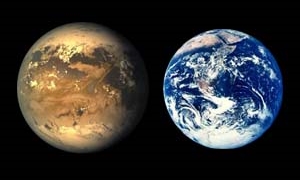
KEPLER-186f next to EARTH 8.0
Earth’s size, habitable, dancing around a smaller star than the Sun. The discover of Kepler-186f confirms that planets the size of Earth exist in the habitable zone of stars other than our sun. Read More

Sunsets on Earth and Kepler-186f
Because Kepler-186 (the host star) is a redder star that our sun (cooler star), then the colour of sky on this planet, as well as the photosynthesis, would be at redder colour than for the Earth. Read More
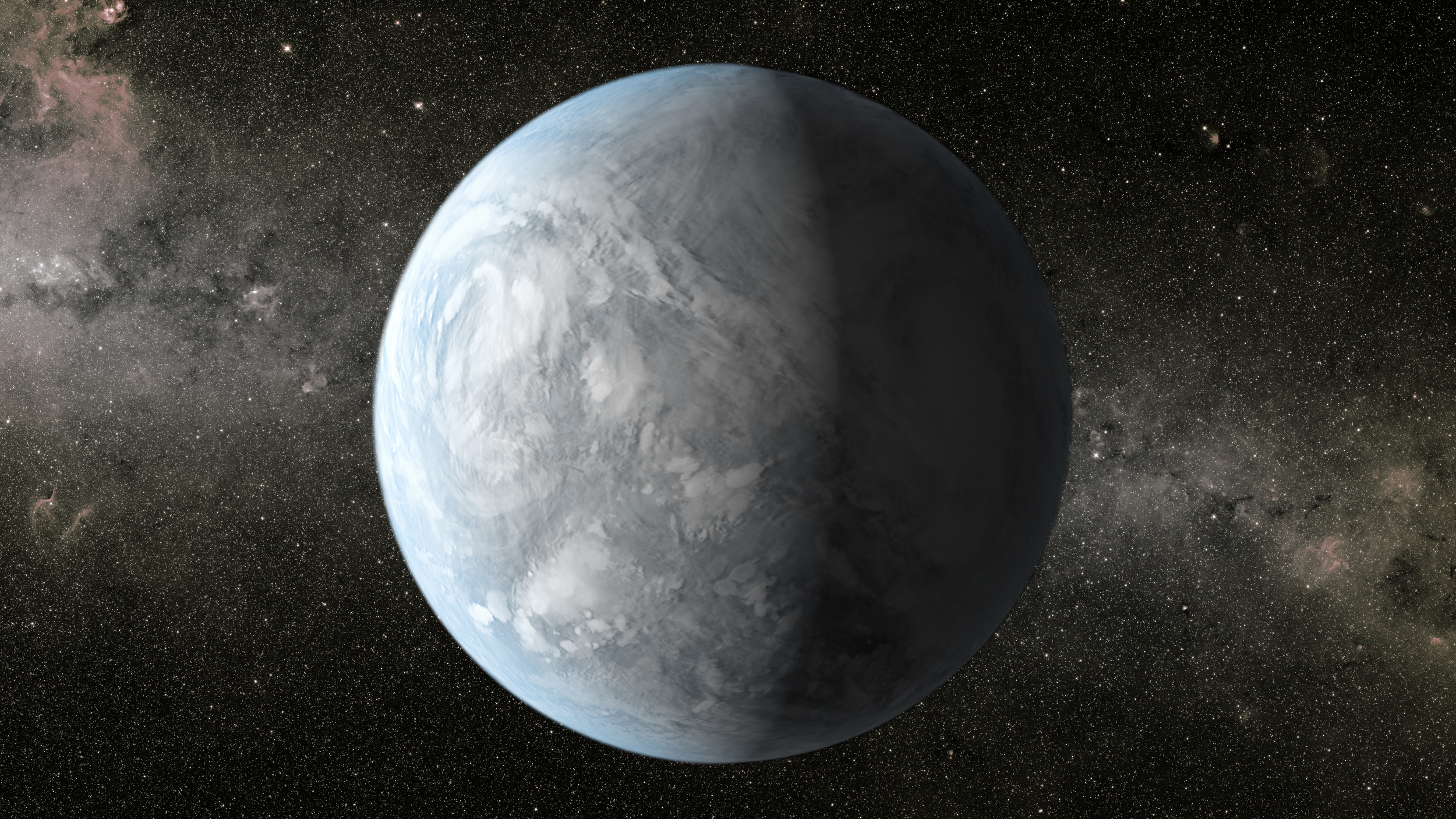
KEPLER-62e
Kepler-62e is an exoplanet believed to be a water world, orbiting at about the equivalent distance of Mercury in its planetary system some 1,200 light-years from Earth. Read More
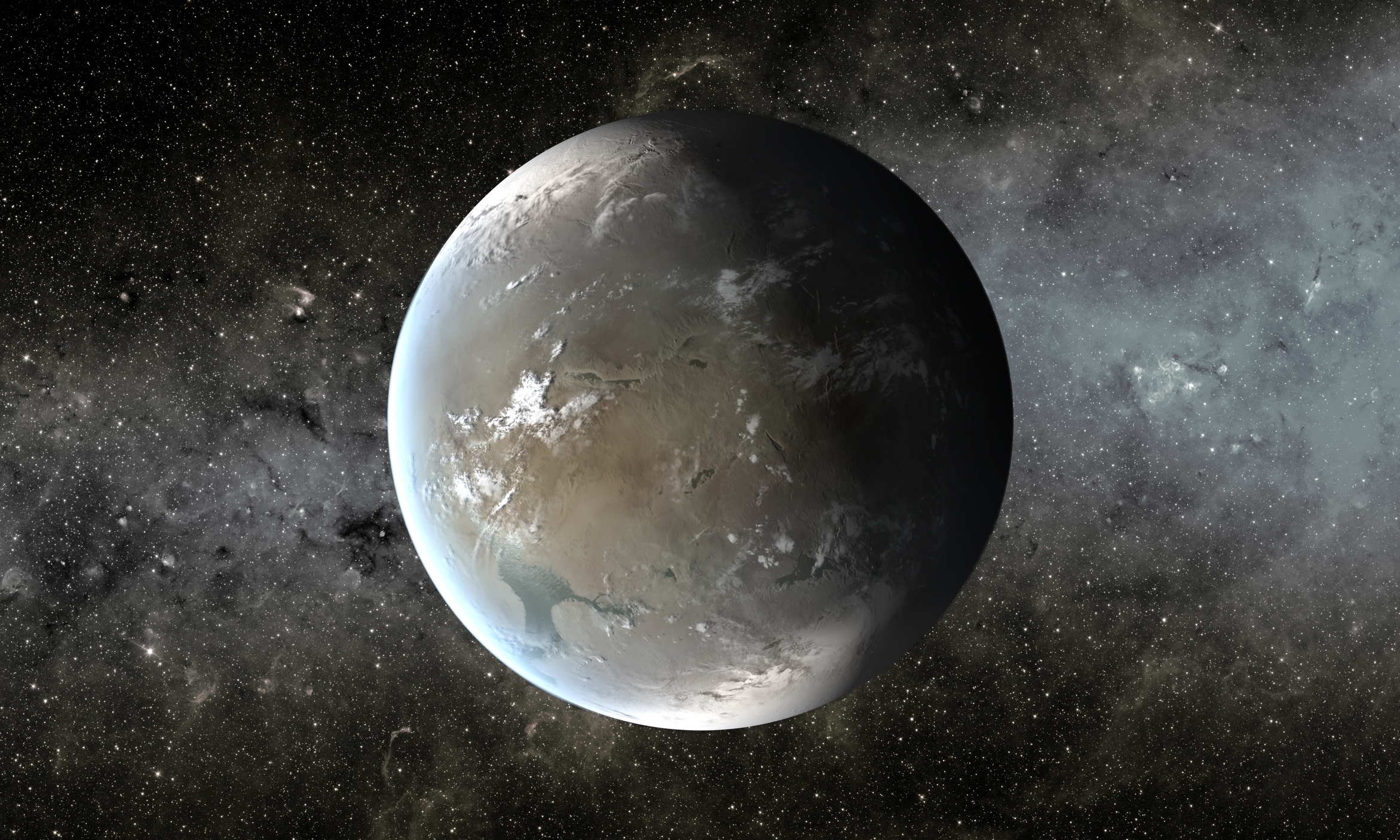
KEPLER-62f
Kepler-62f is a remarkably Earth-like planet about 1,200 light-years from our planet. The world is only 1.4 times bigger than Earth. Read More
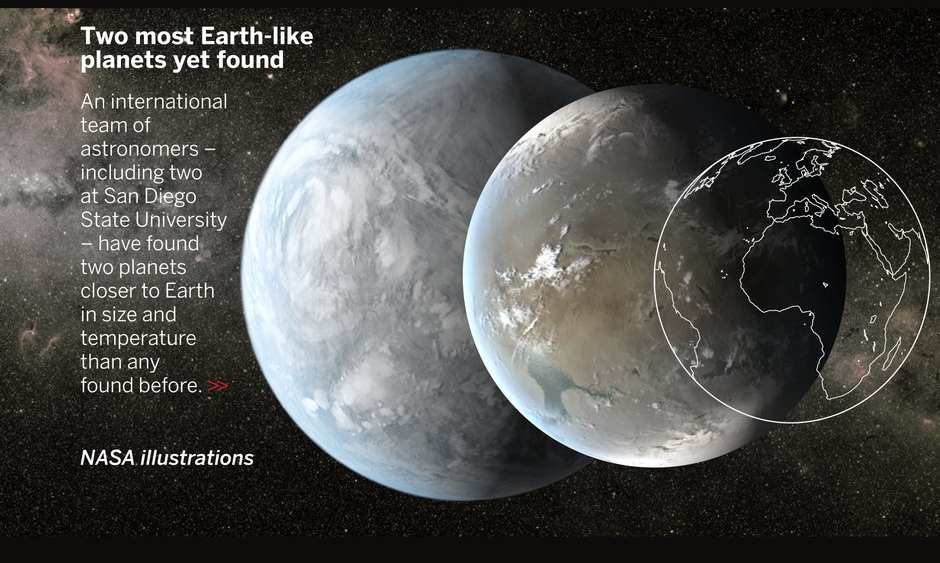
EARTH vs KEPLER 62E & KEPLER 62F
Earth compared to the two most earth-like planets yet discovered, Kepler 62E and Kepler 62F, both possible 'water worlds'. Read More

HD209458-b
This artist's illustration shows a dramatic close-up of the scorched extrasolar planet HD 209458b in its orbit only 4 million miles from its yellow, Sun-like star. The planet is a type of extrasolar planet known as a "hot Jupiter." Read More
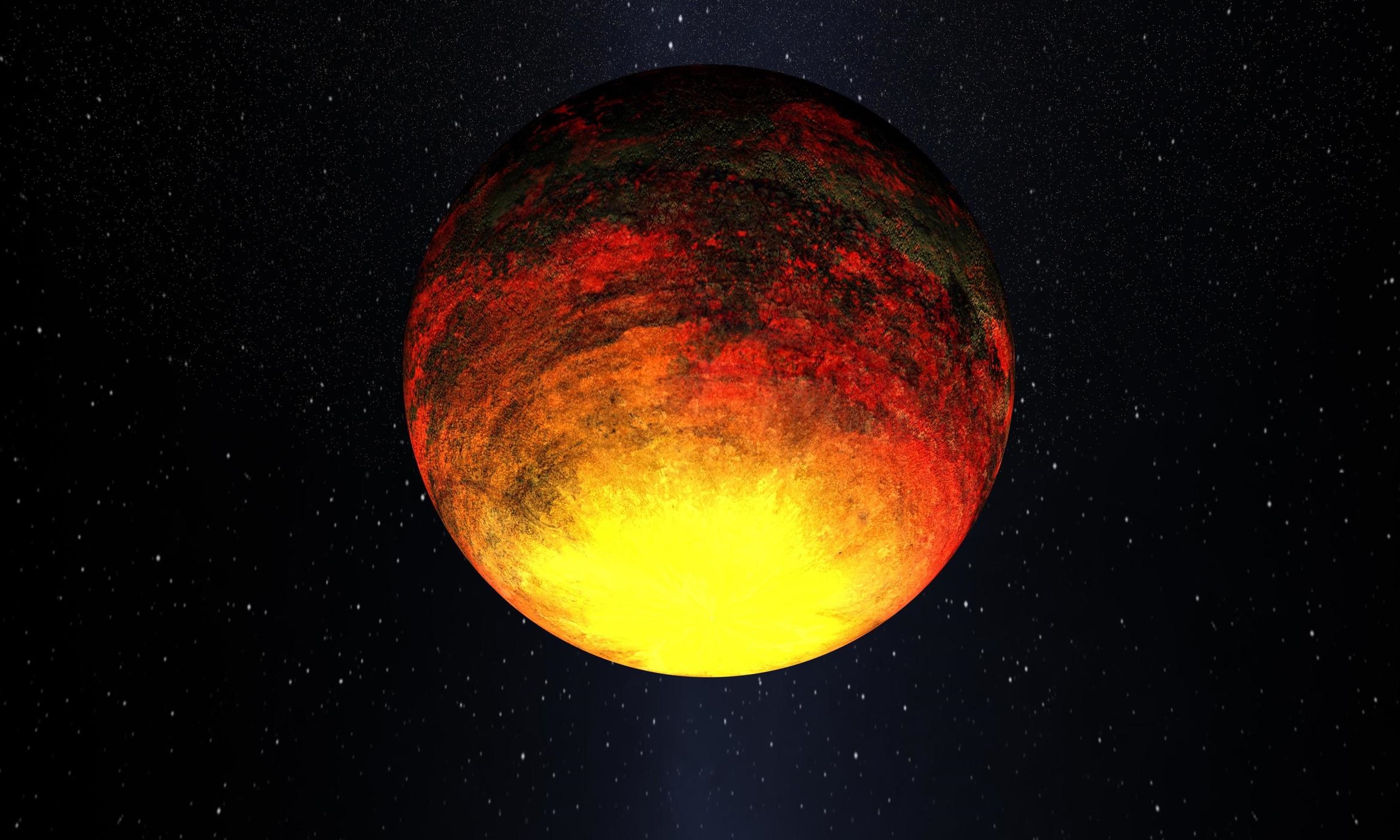
Kepler-10-b
Kepler 10B 'a Lava World' was the first terrestrial planet to be discovered outside of our Solar System. It lies extremely close to its star, Kepler-10, and as a result is too hot to support life. Read More

Kepler-10b - a Lava World
Kepler-10b is a scorched world, orbiting at a distance that’s more than 20 times closer to its star than Mercury is to our own Sun. The daytime temperature’s expected to be more than 2,500 degrees Fahrenheit, hotter than lava flows here on Earth. Read More

Kepler-452b
Discovered in 2015, We can think of Kepler-452b as an older, bigger cousin to Earth. Read More

WASP 19B
Wasp 19b is a hot Jupiter, a massive world that orbits close to its host star. Read More












